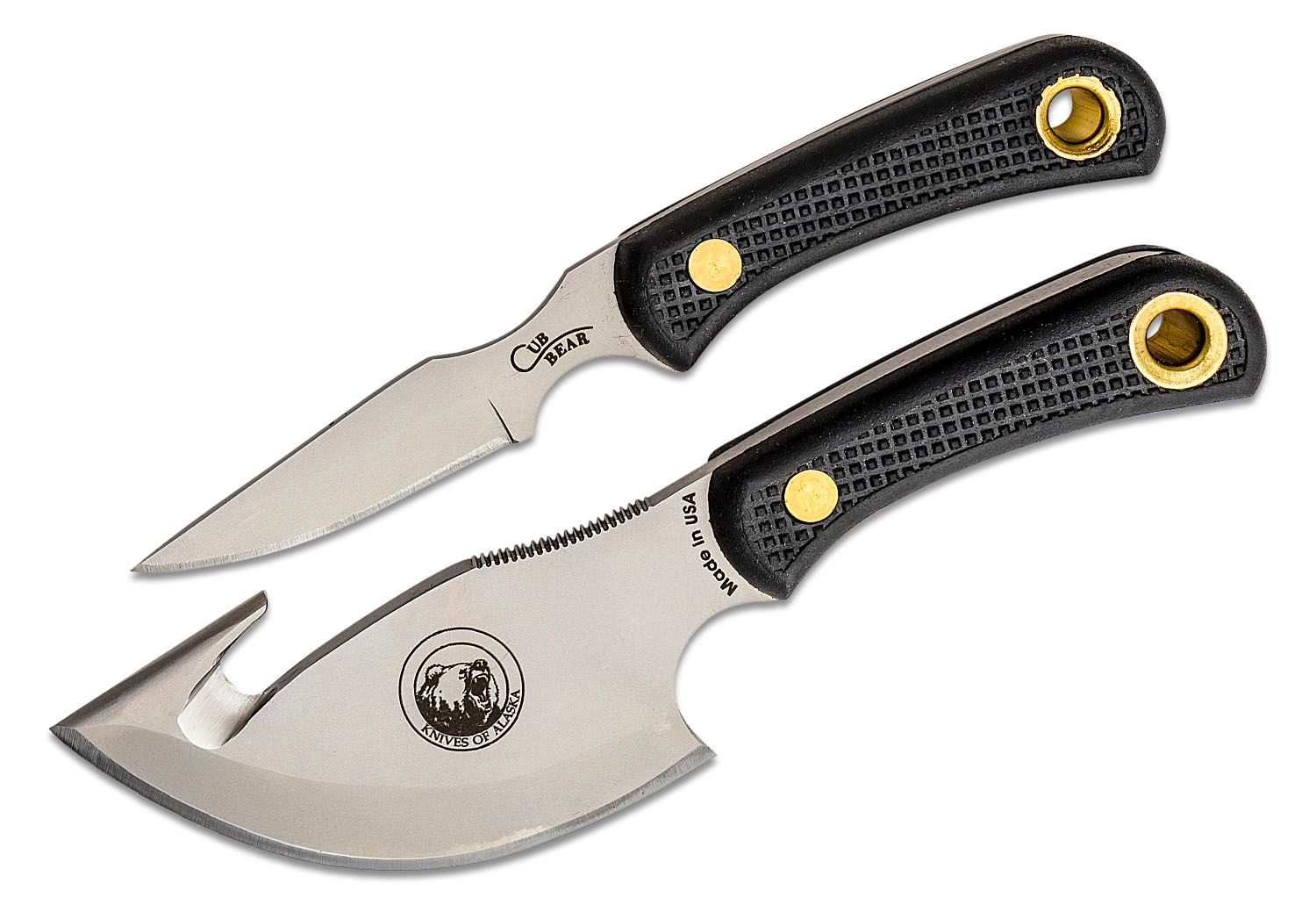Some Known Factual Statements About Alaskan Ulu Knives
Wiki Article
Alaskan Ulu Knives for Dummies
Table of ContentsOur Alaskan Ulu Knives PDFsFacts About Bmerry Studio Ulu Knives UncoveredThe Basic Principles Of Bmerry Studio Ulu Knives The Buzz on Bmerry Studio Ulu Knives
I will certainly think that the size and also angles will certainly be playing to the staminas of each of the grinds. shapes that curve internal, like a shapely. Think about just how a cavern curves in, or assume "con-cavity". shapes that curve outside, like a football. the rear of a blade, opposite of the side.
A complete hollow work goes from the side completely approximately the spinal column. The Black Widow Caper imagined above is nearly a full hollow grind; you can see that a bit of the stock on the spine is still left unground. The hollow grind is preferred for both manufacturing as well as handmade knives.
Changing wheel dimension can be expensive for suppliers as well as handmade manufacturers alike, which may limit hollow ground layouts to certain sizes, or incur added expenses to make a particular style. The hollow grind is typically done on a thin blade, as well as then ground to have a slim edge. As I explained in my article on Blade Edges, thinner edges are a little weaker yet they likewise cut better than thicker sides.
The Ultimate Guide To Bmerry Studio Ulu Knives
If you incorporate a hollow work, a slim side, and also a good deep stomach, it will be one of the ideal slicing knives you have actually ever had. One advantage of the hollow work is that the blade does not enhance in density as considerably as various other grinds do. This indicates that as you develop the side, it will remain almost as thin as when you initially obtained your blade.The hollow grind does have a disadvantage naturally. Since there is much less material supporting the side, it can chip or roll over with hard use which make hollow grinds undesirable in large layout blades like machetes. If you need your blade to be a supreme slicer, the hollow work will certainly carry out admirably.
Hollow grinds are usual on hunting as well as skinning blades therefore. An additional blade that uses the hollow work is the straight razor. The incredibly slim side you can accomplish with a hollow work allows for simple push cutting with the straight razor.: Amazing slicing capability, simple to hone, much easier to make (can websites be subjective).
The full flat grind is as it appears - the grind goes all the method down from the discover this info here spinal column to the side bevel in a level, linear slope. The flat work is one of the most flexible grinds.
Not known Incorrect Statements About Bmerry Studio Ulu Knives
Or it can be an equilibrium between both. A lot of flat grinds are an equilibrium between both, though it will certainly rely on the layout. The complete level work is thickest at the back for toughness, however tapers down into a reasonably thin side for exceptional cutting. A lot more steel is eliminated from the sides, permitting much easier cutting and also allowing the blade to move via mediums less complicated.The level grind's key bevel slopes linearly and also gradually. This allows the complete level grind to go through materials with more convenience than other grinds who slope non-linearly (hollow), or at steeper angles (sabre). This is why most of kitchen area blades are flat ground - so they can travel through food quickly without much resistance.
If a person says "sabre hollow ground" you understand the blade has a hollow grind that begins partway down the blade. The change line in between the key bevel and the unground portion of the blade is referred to as the Sabre Line. The sabre work is used when the maker desires a stronger blade.
The chisel work is not ground on one side whatsoever. It is entirely flat on one side, and also has the main bevel only on one side. Alaskan Ulu Knives. The carve work may or might not have an additional edge bevel. The blade envisioned above, and the profile diagram photo to the left, are both sabre sculpt grinds.
Excitement About Bmerry Studio
A complete sculpt work would certainly have the bevel go all the way as much as the spinal column (Alaskan Ulu Knives). The carve work is easy to make, as you just need to grind one side, and you don't have to make the grind in proportion with the Our site opposite. The chisel grind is likewise easy to develop for the exact same factor - there's just one side to develop (and afterwards strop off the burr).
The reduced sabre work produces an obtuse key bevel angle, combined with a chisel grind, produces a really thick and strong edge.: Outstanding strength, great slicing (relying on angle), very easy to sharpen, can have fantastic cutting capacity (once more - angle).: Sometimes found in choppers such as machetes or other bushcraft blades.
Report this wiki page